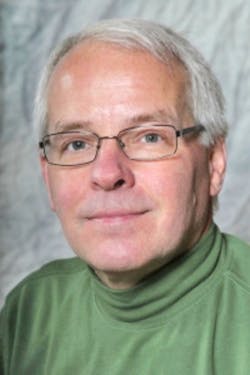BiTS speaker says data center key to IoT semiconductor makers’ success
Mesa, AZ. Risto Puhakka, president of VLSIresearch, addressed attendees of BiTS 2016 Sunday, noting that the semiconductor markets have been going through a downturn in recent quarters. A look at individual companies shows that results are all over the map, he said, but overall the industry isn’t fairing as well at it might.
He sees wireless, automotive, and cellphones as big drivers, with the wearable segment, for example, still too small to be a key driver. And from an international perspective, the “Made in China 2025” initiative could have a major impact.
Puhakka commented specifically on Internet of Things, saying VLSIresearch takes a relatively negative view of the topic. Overwhelming success in this area, he said, would require significant drops in ASPs that we haven’t historically seen. The field, like smartphone touchscreens, promises high growth yet low cost and low profits at the semiconductor level. The IoT, he said, represents a low-cost data generator, and the data needs to go somewhere.
Ultimately, that somewhere is the cloud. Presenters at many recent events have touted “More than Moore” heterogeneous integration as the key to the future.
But in a question-and-answer session at the end of his presentation, Puhakka said that the most opportunities for semiconductor makers and semiconductor company suppliers in IoT device fabrication center on the fabrication of semiconductor devices that will reside in tomorrow’s data centers that will handle the terabytes or more of IoT edge-device data.
Subsequent sessions this week will likely focus on what is required from test.
About the Author

Rick Nelson
Contributing Editor
Rick is currently Contributing Technical Editor. He was Executive Editor for EE in 2011-2018. Previously he served on several publications, including EDN and Vision Systems Design, and has received awards for signed editorials from the American Society of Business Publication Editors. He began as a design engineer at General Electric and Litton Industries and earned a BSEE degree from Penn State.
